I was recently given access to some of the late Stanley Pranin’s archives by his successor, Josh Gold. Upon browsing through countless folders one Sunday morning, we hit something rather interesting, a number of issues of a newspaper in English soberly titled “Aikido”. It turns out that we were looking at a little remembered English version of the long-running Japanese Aikido Shinbun. I would like to take you with me in this time machine and share some of its content.
Before the Second World War, Aikido was not taught openly, but only to very few prestigious officials or high-ranked members of the military. After the war however, efforts were made to open up Aikido to the general public, which resulted in the founding of the Aikikai Foundation (財団法人合気会, Zaidan Hojin Aikikai) and its official approval on February 9, 1948 by the Ministry of Education. Following this, classes could resume at the old dojo, which unlike the neighboring buildings of Ushigome (nowadays Wakamatsu-cho), had made it through the American bombings mostly intact thanks to the efforts of Ueshiba Kisshomaru [read more on the History of the Aikikai Hombu Dojo]. Things started to pick up momentum rather quickly after that and the first of the so-called “post-war deshi” started their apprenticeship in Tokyo under Kisshomaru.
Identifying the need for reaching out and promoting the activities of the newly formed foundation, as well as for publicizing the ideas of its founder, the publication of the Aikikai Shinbun (合気会誌, Aikikai Magazine) started on April 1st, 1950. It ran under that form for almost 10 years. I remember that Tada Shihan mentioned its existence in a speech he gave at the Aikikai during a Kagamibiraki ceremony, but unfortunately, I was not able to locate copies of any of its issues. Also, they were not included in the otherwise almost exhaustive archive CD that the Aikikai has put together and that history enthusiasts like myself are still able to purchase today for the sum of ¥15,000 ($134).
It is in April 1959 that it took the form that we know today and was renamed as Aikido Shinbun (合気道新聞, Aikido Newspaper). This longevity and consistency makes it one of the most exhaustive source of information about the activities of the Aikikai Foundation, both in Japan and abroad.

Those who feel inclined can look into minute historical details, for instance, one can even go as far as checking who participated in Hombu Dojo events such as the kangeiko (寒稽古, winter training) or the shochugeiko (暑中稽古, summer training).

To complement the newspaper, another publication was created, in the form of a glossy magazine published twice-yearly called Aikido Tankyu (合気道探求, Aikido Research). The first issue was published in January 1991 and it is still running today. Aikido Tankyu, with the added space, tends to publish lengthier interviews and articles than the newspaper, as well as better quality pictures, sometimes in color.

Those publications are of course very well known among Japanese-speaking practitioners but there is a little remembered fact that the Aikido World Headquarters started the publication of an English version of the Aikido Newspaper as early as January 1964. The quarterly publication was the first of its kind and was initiated in order to accompany the growth of Aikido around the world. More than a mere translation of its Japanese counterpart, the newspaper had its own dedicated editorial team and it produced some of its own content. Interestingly, relatively little of the content actually overlaps and even though the same events might be reported in both the Japanese and English publications, pictures and text tend to often be distinct.

The goal stated by Sidney White in his editorial of the first issue was to “print for aikido readers everywhere news about aikido events wherever they may happen”. While the Japanese Aikido Shinbun did also often report about activities held abroad, especially early on in the USA, especially Hawaii, the English version does go into more details. The tone is also somewhat more relaxed than that of its Japanese counterpart, especially in the earlier issues. This seems quite consistent with what people who were present at the time such as Alan Ruddock or Henry Kono told me about the friendly and not overly formal atmosphere on the tatami. The newspaper actually contains a number of cartoons, the humor of some has not aged well, but others are still very topical indeed!
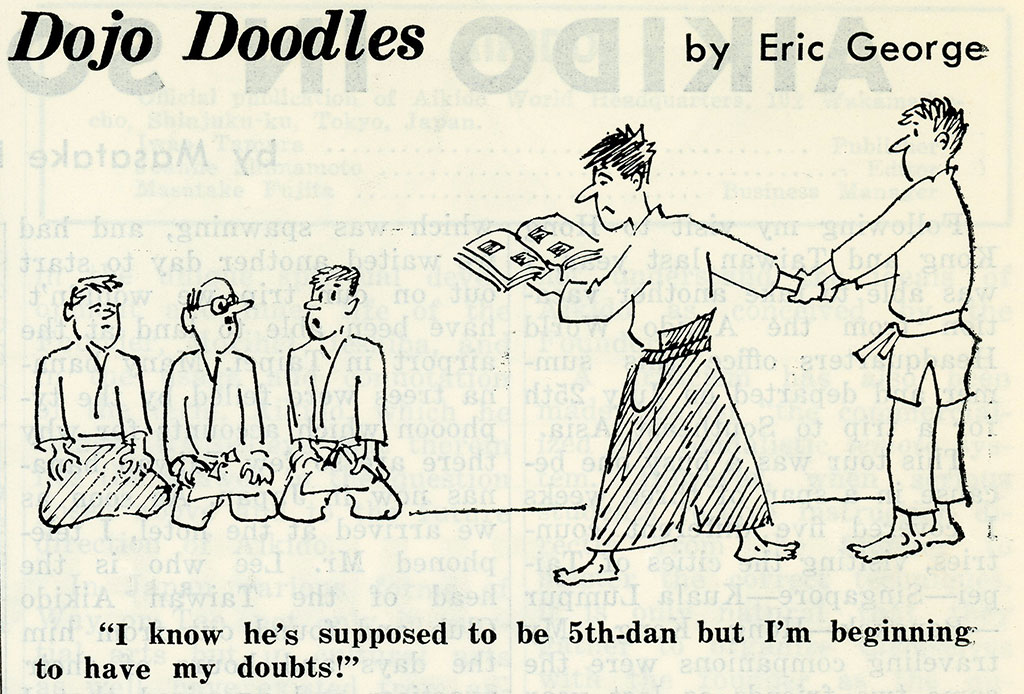
The making of the newspaper required the contribution of a number of non-Japanese students of the Hombu Dojo and throughout the issues, readers from abroad were also being encouraged to submit materials for publication. While it was officially endorsed by the Aikikai, its publication was somewhat less regular than that of the Japanese language publication. For instance, issues 3 and 4 were combined due to lack of material.
The initial editorial team consisted of:
- Publisher: Ueshiba Kisshomaru
- Editorial Supervisor: Tamura Nobuyoshi
- Editor: Sidney White
- Business Manager: Walter N. Dobson (a.k.a. Terry Dobson)
The team changed quite frequently over the years. At some point, the Editor position was held by Joanne Shimamoto, an American practitioner at Hombu Dojo who later married Tohei Akira. As time went by, the editorial team became almost exclusively composed of Japanese Hombu Dojo teachers. Well-known instructors like Kobayashi Yasuo, Suganuma Morito or Endo Seishiro had at one time or another a role in the publication. Interestingly, the publication coincided with the move of some of the post-war deshi abroad to spread aikido. The first issue indeed reported the departure of a 25-year-old Yamada Yoshimitsu to New York, explaining that he was intending to stay there for four years! Issue number 4 (October 1964) related Tada Hiroshi’s departure for Europe, with a plan to establish his headquarters in Rome, Italy. We can also read about a number of foreigners entering the dojo, including, in the same issue, that of Henry Kono, whom I mentioned earlier. Kono, a Japanese-Canadian from Toronto, was a typographer by trade [read more about him here] and he became an associate editor for the newspaper from the February 1965 issue until the January 1966 issue. Perhaps more noticeably, Kono was also the often non-credited author of a number of extremely famous pictures of O-Sensei.
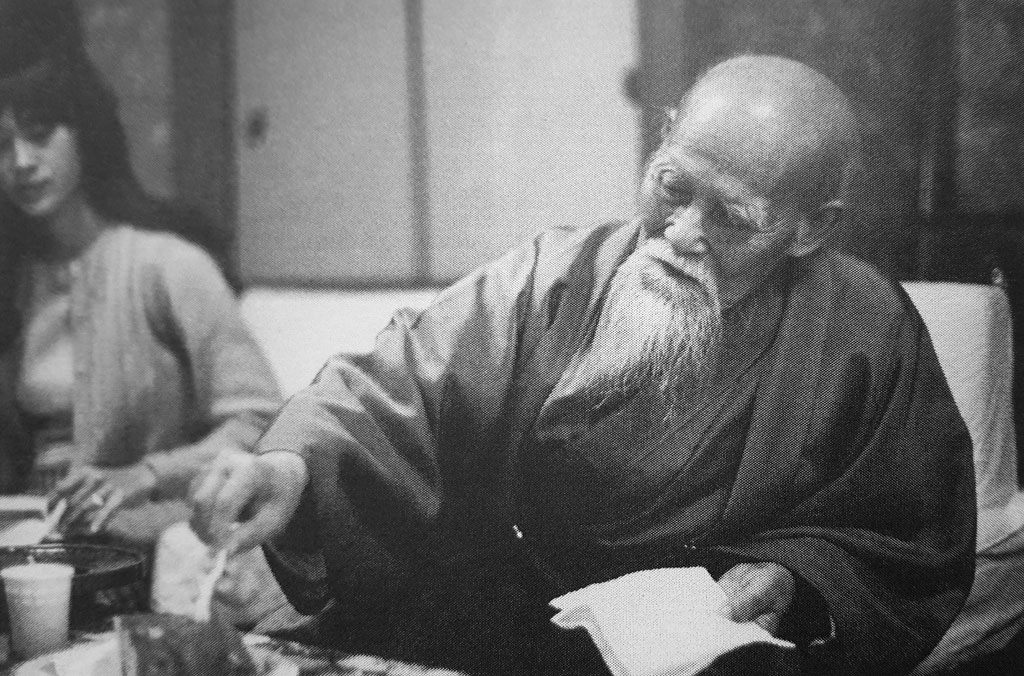
The publication period of “Aikido” coincided with other major events such as the inauguration on January 12, 1968 of the new concrete structure of the Hombu Dojo (reported in Vol. 5 issue 2, May 1968). Interestingly, the article describing the new training facilities also came with a map of the dojo, which was copied and translated from a previous version that was published in the Japanese newspaper (January 1968) just before the inauguration of the building. One can see some noticeable differences in the layout, though I do not know what the source of such discrepancies might be. Interestingly, the English version has also a somewhat more humoristic way to depict the practitioners.

People familiar with the building nowadays will also notice a few differences compared to today’s layout. For instance, the second floor dojo was actually split into two small dojo, and the first floor had a dining room, which is now an office/meeting room. Obviously this was also before the extension of the building that saw the addition of a fourth floor, but a small shed on the roof did exist to hang uniforms.
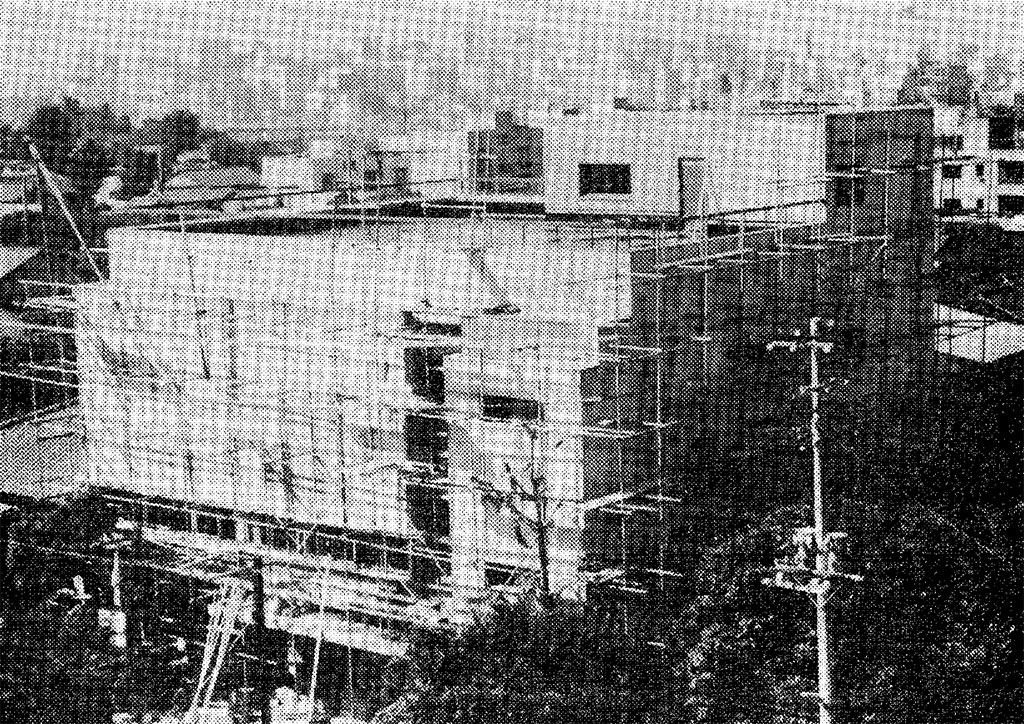
Obviously, the entire and only issue for 1969 reports of O-Sensei’s passing, and offers an extensive biography of the founder. Considering that the official biography of Ueshiba Morihei was written by Ueshiba Kisshomaru in 1978, and was only translated in English in 2008 thanks to the work of Kei Izawa, this would have been one of the first official accounts of Ueshiba Morihei’s life available in English.
Christian Tissier, who was dojo kanji (道場幹事, dojo secretary) in charge of the foreigners when he was at Hombu, told me once that he used to organize occasional meetings between Ueshiba Kisshomaru Doshu and some of the foreigners of the Hombu Dojo. Indeed, the spring 1975 reported one of such meetings held at Doshu’s house. Note the presence of Per Winther and Ken Cottier, who both spent substantial time at Hombu while O-Sensei was alive, and who also both contributed to the journal at some point.
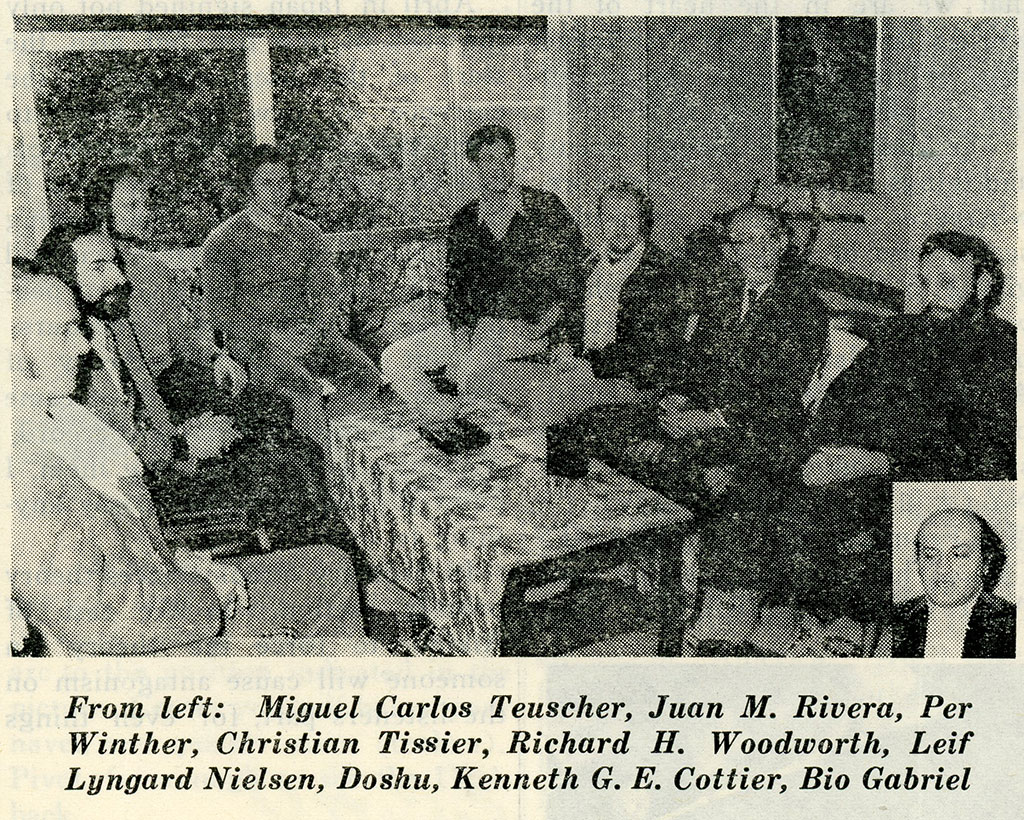
Another interesting historical detail is to be found in a small inset of the second issue of 1976, which explains how one should call the Aikikai:
Aikikai Foundation
In the past Hombu Dojo in Tokyo has been called “Aikikai” and more often “Aikido World Headquarters”. However, in an effort to use a title equivalent to the official Japanese name “Zaidan Hojin Aikikai”, Hombu Dojo in all its formal communications will use the title “Aikikai Foundation, Aikido World Headquarters.” Your cooperation in using this title in all communications henceforth will be greatly appreciated.
“Aikido” – Second issue of 1976
The last issue in Stanley’s archives is that of Fall 1977. It mostly reports on the 15th All Japan Aikido Demonstration. Interestingly, it also covers the issuing of the Aikikai International Card that could be purchased by any foreign yudansha registered at the Aikikai Foundation for ¥1,000, and which was intended to facilitate cross training across countries. This is the very card that many of us still carry today.
It is unclear when the publication stopped but Christian Tissier Shihan told me that he reckons that it went through until the mid- to late-80’s. Nowadays, I am not aware of any publication in English officially issued by the Aikikai, which is a pity and certainly somewhat of a regression compared to those earlier efforts. I do not know if it is due to a lack of volunteers or the result of an active decision, but I feel that many practitioners would greatly benefit from a closer, more regular connection with the Aikido World Headquarters.
Whether it will ever be the case again, I do not know, but rediscovering those documents has been a real journey into the past and I hope to be able to track a few more of these issues in future. I am pretty sure that there are still some members of the aikido community who might have more information about, or were even involved in, this publication and as new information becomes available, I will add it to this piece. No doubt I will receive requests from interested readers asking for access to this material but, I’m afraid, as it must still be under the copyright of the Aikikai Foundation I therefore cannot make it available, though I would really like to.





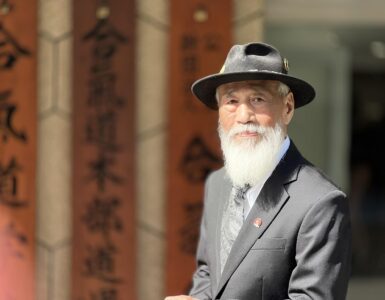







Wonderful article!
Tom Huffman
Thank you!
Great look into the past, it would be very interesting and beneficial as you mentioned to have a new English version of the shinbun, even if only in digital format.
I Hope this it can be brought to the corresponding people at Hombu (sorry Aikikai Foundation, Aikido World Headquarters) 😉
Thanks for the article.
My late uncle Ken Cottier 7 dan Shihan. one of the few english man who trained with the grand master.